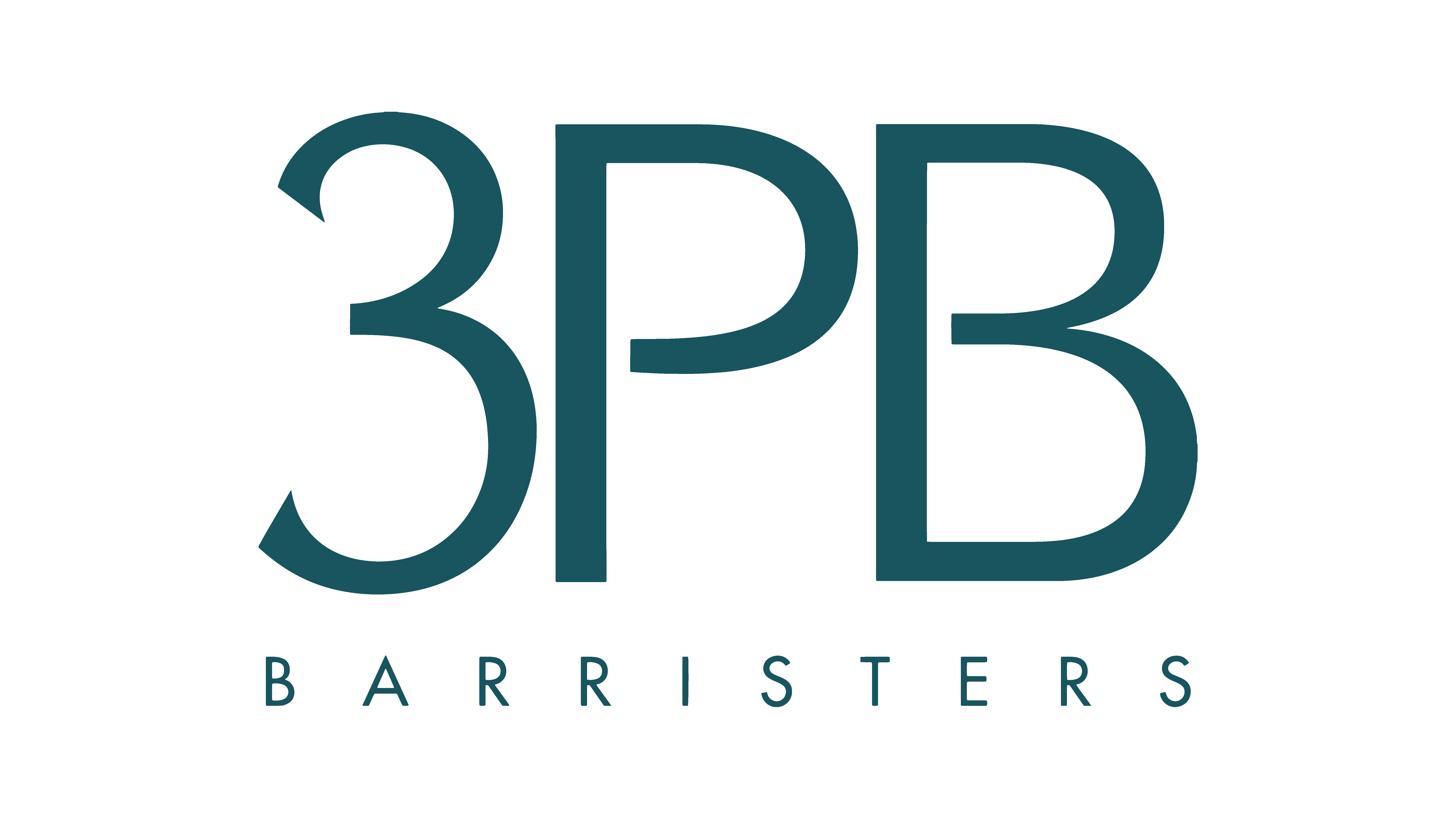Knowledge Hub
Join the Conversation!
Impartial and independent, ThoughtLeaders4 Disputes Knowledge Hub hosts cutting edge industry content and insight.
Email maddi@thoughtleaders4.com to submit content.
Capacity and Calamity: What Happens When A Trustee or Protector Loses Capacity?
Date: 11/03/2024 Type: Articles Topic: Private Client | Trusts | Wills and Estates | Inheritance | Next Generation Wealth | Investment and HNWI’s | Tax |A trustee or protector losing capacity inevitably creates uncertainty for the trust structure. It can force the administration of the trust to be put on hold or even temporarily lead to a complete halt in decision-making for the trust.
However, with the right foresight, settlors and trustees can put measures into place to address capacity issues before they arise.
What could go wrong?
Capacity issues can vary depending on the person’s role in the trust. From the outset, questions might emerge about the settlor’s ability to validly settle assets onto trust, meaning the validity of any distributions subsequently made from the trust are cast into doubt.
If the trust has been validly created, issues can still arise later if the trustee or protector loses capacity during the lifetime of the trust. They may be unable to approve certain transactions or make trust administration decisions, meaning aspects of the trust administration cannot progress.
As well as legal and practical issues, tensions can rise if beneficiaries disagree about whether the settlor, trustee or protector has capacity.
Assessing capacity
Capacity is assessed according to the decision at hand. Broadly, the more complex or high value the decision, the higher the level of capacity required. Capacity is also time-specific, so fluctuating capacity adds a further layer of uncertainty as to whether the powerholder has capacity to make a particular decision at a given time.
The tests for and definitions of capacity vary across different jurisdictions. In England and Wales, the relevant test is in the Mental Capacity Act 2005 (“MCA 2005”): a powerholder will lack capacity if, at the material time, they are unable to make the decision in question because of a permanent or temporary impairment of, or a disturbance in the functioning of, the mind or brain (s2 MCA 2005).
More specifically, a powerholder will be unable to make decisions if they cannot understand, retain, use and weigh the information relevant to that decision or cannot communicate their decision (s3 MCA 2005). The degree of understanding required will vary and depend on the nature of the power and the complexity of the decision.
Different jurisdictions have slightly different tests. For example, in the Cayman Islands, Re O Trust [2018] confirmed that the Banks v Goodfellow test applies when assessing capacity to exercise trust powers, whereas in England and Wales that test applies when assessing testamentary capacity.
The applicable test usually depends on the trust's governing law rather than the powerholder's domicile or nationality.
Resolving a capacity issue
If a trustee has already lost capacity, it is best for them to step down. Assuming they lack capacity under ss2 and 3 MCA 2005 to make the decision to do so, a remaining capacitous trustee can arrange their replacement under s36(1) Trustee Act 1925.
It is more difficult if a sole trustee has lost capacity. In this situation, one option is for the trustee’s attorneys under a lasting power of attorney (if they have created one) to take over the trustee’s duties. However, the attorneys are unlikely to be equipped for this, so their best course of action would be to arrange for the incapacitated trustee to retire and appoint a suitable replacement.
Where it is “expedient to appoint a new trustee or new trustees, and it is found inexpedient difficult or impracticable so to do without the assistance of the court” (s41 Trustee Act 1925), the parties can rely on the court’s inherent jurisdiction to add or replace a trustee.
There is less statutory guidance where the protector’s capacity is in issue. Unless the trust instrument provides a solution, the court will likely need to be involved in removing or suspending the protector’s powers and/or approving their replacement. Meanwhile, any decisions for the trust that require protector approval will be unable to proceed.
Mitigating risks before they arise
Sometimes capacity issues are unavoidable, for example, where capacity loss is sudden or unexpected. However, measures can usually be implemented to prevent these issues before they arise.
At the outset, if the settlor wishes to appoint individuals as their trustees, they can select at least two and specify the mechanics for their retirement and replacement. Alternatively, the settlor could appoint a trust company rather than individual trustees; a trust company will never lose capacity or die.
The settlor will also want to choose their protector carefully if they wish to appoint one. It is not uncommon for a protector to be a long-standing, trusted friend of the settlor. However, if there is no specific plan for the protector’s replacement, this increases the risk of age-related capacity issues as time goes on. To combat this, the settlor (and/or the trustees) may need to have a difficult conversation with the protector to encourage them to step down if and when necessary.
Alternatively, the settlor could consider including an ‘ageing-out’ clause for the protector in the trust instrument, similar to those in partnership agreements in place at many professional firms. This would help alleviate age-related uncertainties about the protector’s continuing capacity to carry out their duties, although having a ‘hard stop’ at a certain age may bring its own issues.
Takeaway points
Ultimately, it is impossible to plan for every eventuality. It is all very well putting plans in place to mitigate health-related capacity risks, but this could all be scuppered if an unexpected event suddenly throws a powerholder’s capacity into question.
Nonetheless, there is nothing to lose by the settlor and their advisers considering foreseeable risks and putting appropriate backup plans in place. This planning might feel arduous or bureaucratic at the time but will benefit future beneficiaries, as the trust from which they benefit will be able to continue to run smoothly, irrespective of capacity issues affecting those in charge.
Author
Judith Swinhoe-Standen & Katie Cruickshank - Stewarts
Our Disputes Corporate Partners























